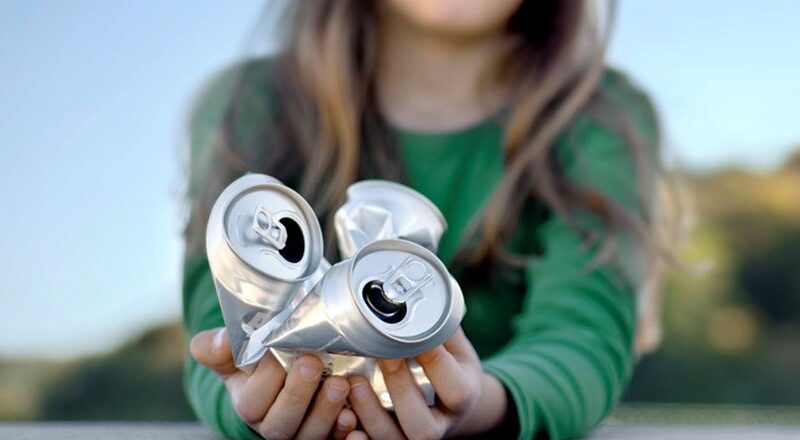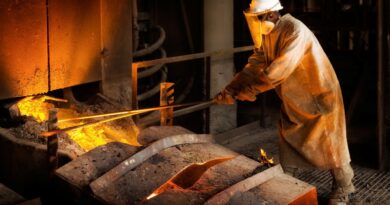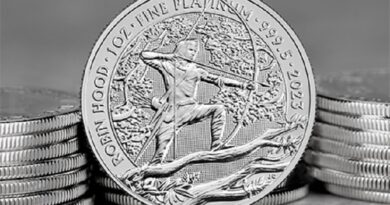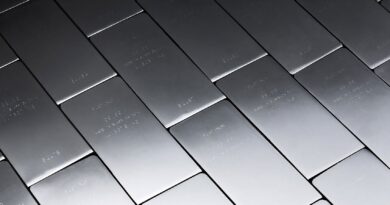Challenges facing aluminium recycling efforts today
Today, only 12 percent of materials used in Europe come from recycling. In theory, most things can be recycled, but that is not the case in practice. To make sure materials stay in the loop after the end of life of a product, designers and product developers need material competence to understand the before and after, so that new products may maintain their quality grade applicability.
Did you know?
Recycling 1 metric ton of aluminium saves 6 metric tons of bauxite and 9 metric tons of CO2 emissions. Globally, the recycling of aluminium saves more than 100 million metric tons of CO2 every year.
While recycling aluminium offers huge potential in reducing carbon emissions, collecting the scrap is not always easy or possible, and the recycling process itself is not flawless. Though a high percentage of aluminium is already being reused or recycled, there is still work to be done to gather materials from outside standardized collection programs.
“One example is aluminium that has ended up in landfills as part of mixed waste. Another is aluminium from new applications and innovative new products where industrialized collection programs and recycling methods have yet to be implemented,” Trond Olaf Christophersen says.
The difference between pre- and post-consumer scrap
When recycled aluminium is made from used windows or car parts, the material starts another life. Previously used aluminium is referred to as post-consumer scrap, and its carbon footprint is close to zero.
Recycled aluminium made from production scrap or “pre-consumer” scrap is different. It has not yet completed its life and must therefore retain the carbon footprint of its original production process. If this isn’t done, the material’s production emissions are not accounted for. This means that in order to accelerate emission cuts, we need to increase the use of post-consumer scrap.
It matters where and how aluminium is produced.
A key challenge in the recycling process of post-consumer scrap is the removal of unwanted elements in the scrap stream, including paint, lacquer coating, oil, plastics, iron, minerals, and organic compounds. These need to be removed from the metal to improve scrap utilization and ultimately the recycling potential of the aluminium. This is a highly technical process and is dependent on the scrap’s origin, chemistry, previous use, and physical properties.
New technologies are continuously being researched and developed to help off-set and solve these issues. Further, important plans, policies and directives will have an impact on the way we produce, go to market and consume in the future.




